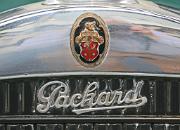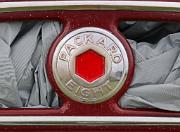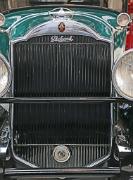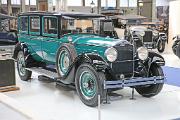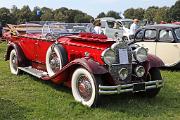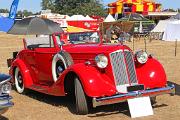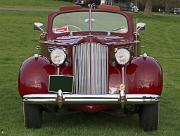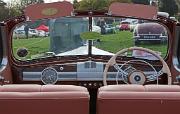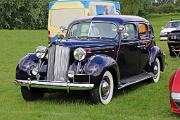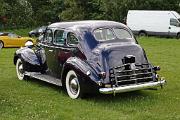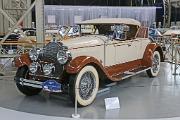
Packard Eight 1929 Model 626 Cabriolet front
Packard Eight Model 626 1929 Cabriolet. This is the cheaper Standard Eight with the smaller 8-cylinder engine
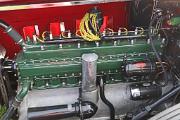
Packard Eight 1930 Custom 7-45 Phaeton engine
Packard Custom Eight 1930 7-45 Phaeton. The 6,306cc straight eight engine, this car carries a Dual Cowl Phaeton body
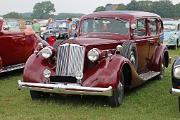
Packard Eight 1936 1401 Sedan frontm
Packard Eight 1936 1401 Sedan. Power was goven by a 5,244cc (320) L-head straight eight
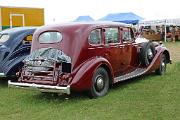
Packard Eight 1936 1401 Sedan rearm
Packard Eight 1936 1401 Sedan. Built on a 134-inch wheelbase, this is the 913 sedan, there was also a shorter 903 sedan, a 916 Club Sedan and a 912 Formal sedan, as well as convertibles, phaetons and coupes. On the larger 139-inch chassis a similar range of bodies.
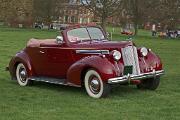
Packard Eight 1938 1601 2-door cabriolet front
Packard Eight 1601 1938 2-door cabriolet. The 1601 had a 110bhp 4,621cc 8-cylinder L-head engine and it sold well
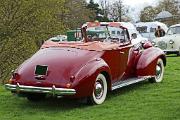
Packard Eight 1938 1601 2-door cabriolet rear
Packard Eight 1601 1938 2-door cabriolet. The 1601 was the entry level Packard for 1938, an evolution from the 'One Twenty' and given independent front suspension. This cabriolet had 4 seats but no longer a 'dickie' seat.
